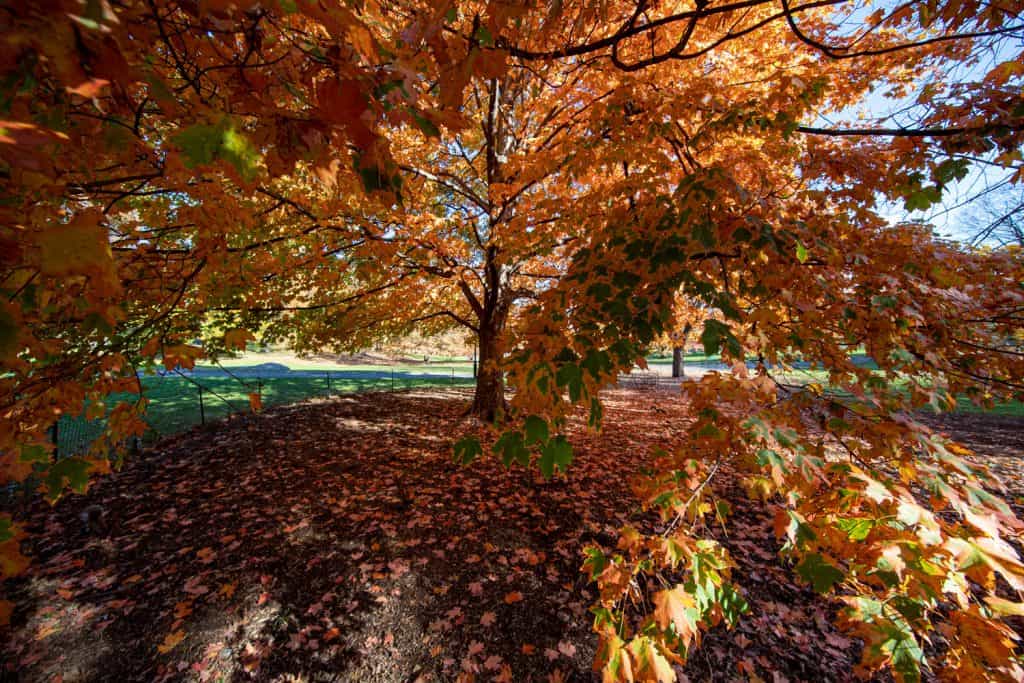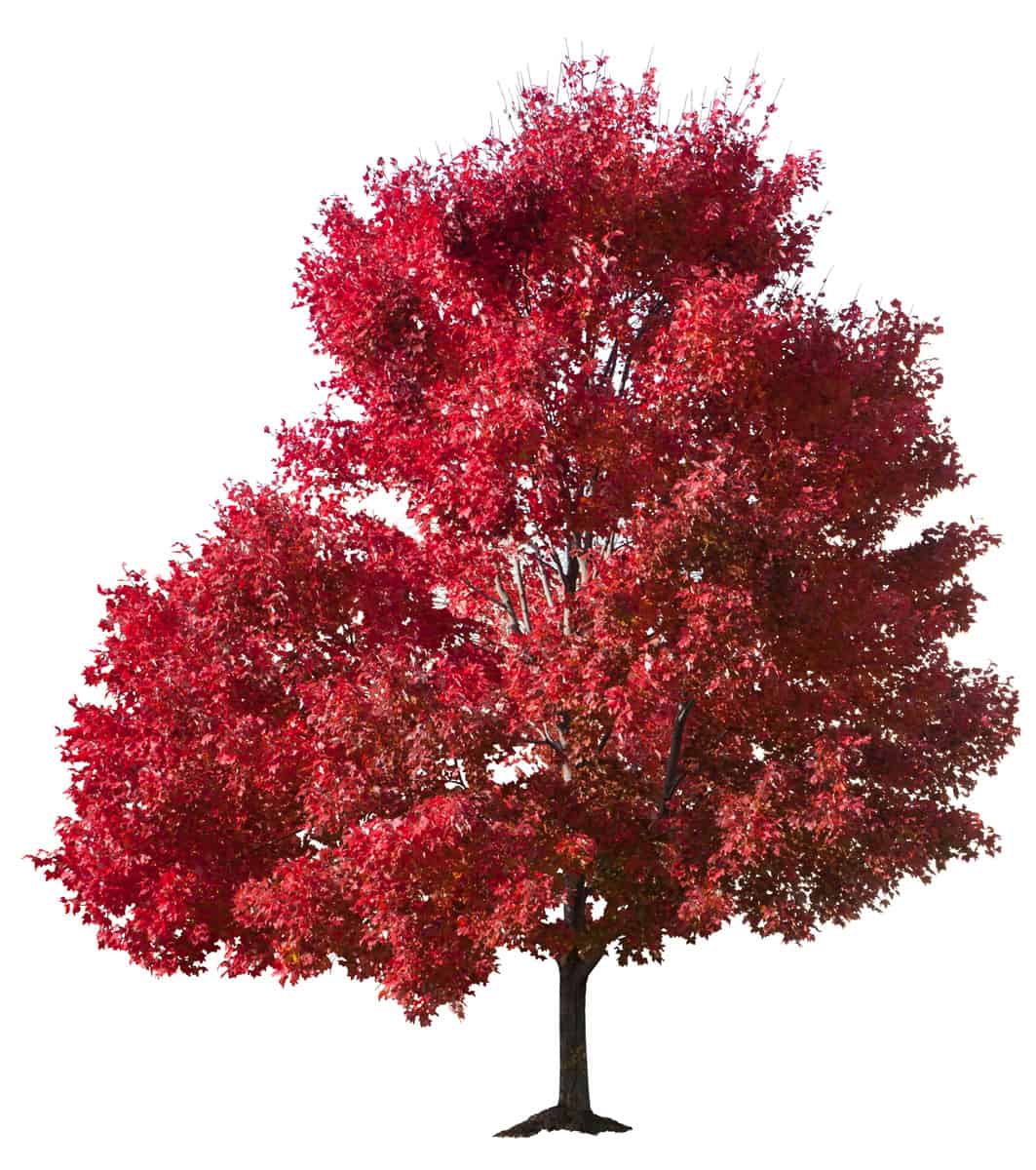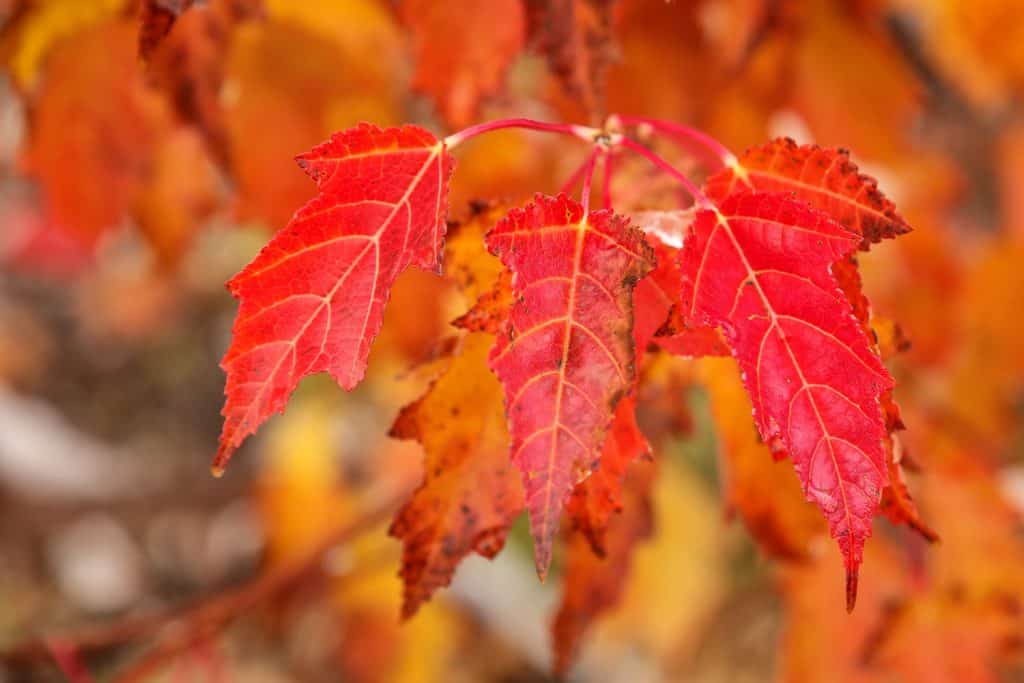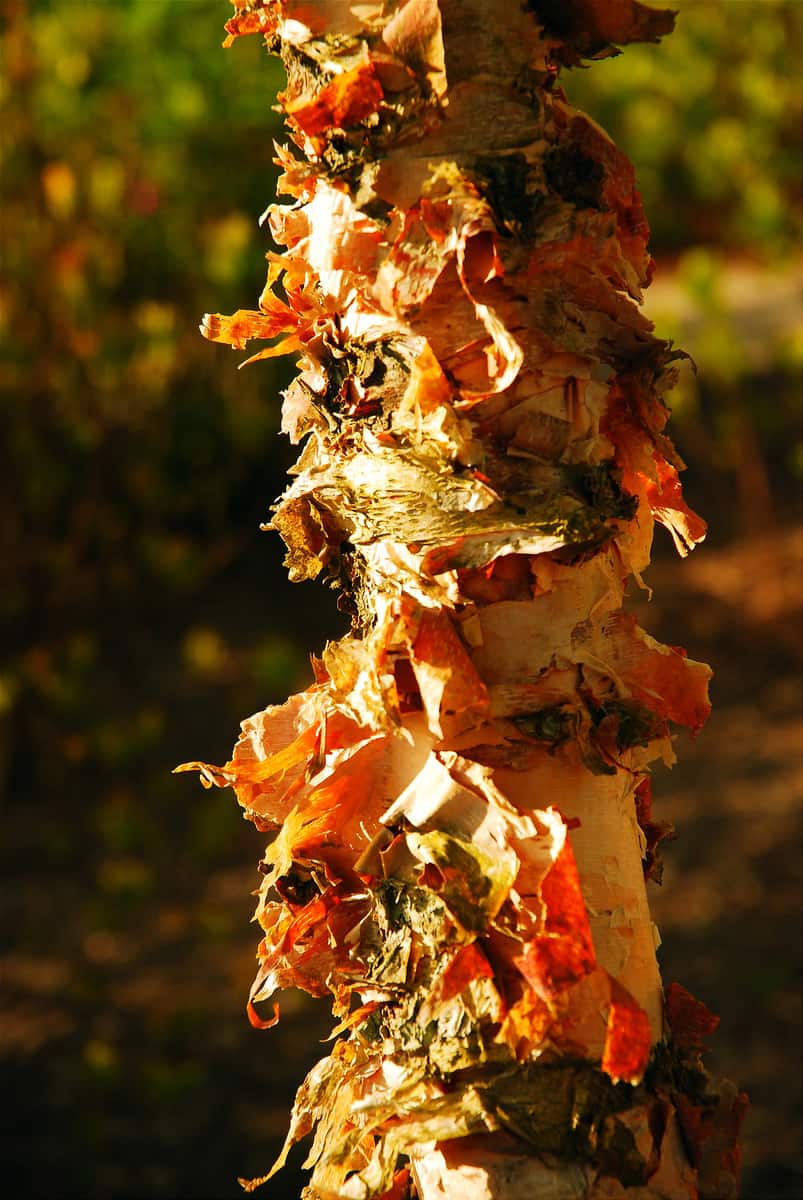Deciding on which type of maple tree is the right fit for you will depend heavily on where you live. USDA plant hardiness zones are divided by temperature differences, while a tree's hardiness gets determined by its ability to grow in a specific zone's temperature extremes. If you are planning your landscape, you are probably looking for strong, resilient trees to fill some space. We have gathered our research on several types of Maple trees to discuss which zone each grows best and which tree has been labeled the hardiest.
Maple trees typically enjoy cooler temperatures to bring us those eye-catching fall colors. Successfully grown Maple trees can be found in USDA plant hardiness zones 4 through 9. Some of the hardiest species of Maple trees can tolerate conditions in zone 3. Each tree species has a zone it thrives best in; we will break this down by type.
Now you know which zones Maple trees can be found, but we still need to define which Maple trees go where. Read on as we break down the different species of Maple trees and touch on the care these beauties need.

Types Of Maples and Their Zones
Maple trees live long, colorful lives with the right care and environment. These trees come in a variety of sizes and colors, with unique needs. We will go on to discuss a handful of hardy Maples and their ideal growing conditions.

Sugar Maple
Sugar Maple (Acer saccharum) grows best in zones 3 through 5 and loves a cold winter. This species is a primary source of maple syrup and bright fall colors.
The Sugar Maple tree is native across Eastern Canada, as well as the Northcentral and Northeastern United States. Sugar Maples are happiest in well-drained, acidic soil and partial to full sun. You want to give this tree plenty of space to grow and avoid soil with a high salt content.

Red Maple
Red Maples (Acer rubrum) are found in hardiness zones 3 through 9 and can grow over 24 inches (0.61 meters) per year. Also known as Swamp or Soft Maple, it is the most abundant native tree in eastern North America.
The Red Maple thrives in full sunlight, ideally receiving six hours per day. You will find them growing in moist, acidic, sandy, well-drained, and clay soils.

Silver Maple
Creek Maple or Silver Maple (Acer saccharinum) is native to southeastern Canada and the eastern or central United States. This tree grows in a vase shape and has the largest seeds of all Maples.
The Silver Maple grows in zones 3 through 9 and does best in deep, moist, acidic soil. Being a strong tree, it can withstand some flooding and even periods of drought. It should receive at least four hours of direct sunlight per day.

Freeman Maple
The Freeman Maple (Acer freemanii) is a Silver Maple and Red Maple hybrid. These trees are naturally occurring and are found in eastern North America. Having the benefit of bright red colors, this tree thrives in alkaline soils and urban conditions. You will find this hybrid in USDA plant hardiness zone 4.
Norway Maple
This species of Maple is native to eastern and Central Europe and Western Asia. The Norway Maple (Acer platanoides) have roots that grow close to the ground surface. This aspect will starve other plants of moisture and has deemed the Norway Maple an invasive species in North America.
This tree does best in well-drained moist soil but has been noted to stay alive in periods of drought and extreme temperature changes. You can find the Norway Maple in zones 4 to 7, some even growing in zones up to 10.

Japanese Maple
Japanese Maple (Acer palmatum) or the Palmate Maple is happiest in zone 6. This is a woody plant native to Japan, Korea, China, Mongolia, and Russia. These trees are often small and look like a shrub but have a variety of shapes and colors.
The Japanese Maple enjoys partial to full shade and consistent watering. Periods of drought or poorly drained soil may kill this tree. You can find these trees growing in containers, and they became very popular due to their hand-shaped leaves.

Korean Maple
The Korean Maple (Acer pseudosieboldianum) or the Purple Bloom Maple is native to Korea, China, and Russia. This tree grows up to 25 feet (8 meters) tall and blooms purple and white flowers.
You'll find the Korean Maple in hardiness zone 4 and is happiest in soil with regular irrigation. You will need to protect this tree from high winds and periods of drought.

Striped Maple
Striped Maple (Acer pensylvanicum) is also known as Moose Maple or Goosefoot Maple. This species is native to North America and found living mostly in zone 4. The bark has a strip pattern colored white and green when young and turns brown as the tree gets older. A Striped Maple grows best in a shady, moist environment.

Amur Maple
This short tree has been labeled invasive in some areas and does better in areas where seeds cannot spread. Amur Maple (Acer ginnala) is native to northeast Asia and the far east of Russia. This tree grows as an ornamental plant in northern regions of Europe and North America, is labeled as the most cold-tolerant Maple, and is found in hardiness zone 3.
Amur Maple grows best in areas where summers do not get too hot, and humidity stays low. This tree is tolerable to different soils but prefers an acidic or neutral pH.

Paperback Maple
Paperback Maple (Acer griseum) or Blood-bark Maple is native to China. This Maple has been made famous for its smooth orange-red peeling bark. This tree is only hardy to zone 5 and grows very slowly. Slightly acidic soil that is well-drained is ideal, partnered with full or partial sun.

What Is The Hardiest Maple Tree?
The hardiness of a tree is its ability to survive extreme growing conditions. These conditions include excessive heat, cold, periods of drought, flooding, or high winds. The Norway Maple tree has been labeled as the hardiest of the Maples. These trees can thrive in a wide range of temperatures. This is why you can find Norway Maples in zones ranging from 4 to 10. They thrive in forests or urban settings, in the shade or the sun. These resilient trees grow up to 60 feet (18 m) and have a lifespan of 150 years.
Read more on our blog post, “How Long Do Maple Trees Live? [By Type Of Maple]”
Are Maple Trees Easy To Grow?
Maple trees are easy to grow. Maples provide magnificent colors and drop winged samara that we all love to watch fall. There are a variety of shapes, sizes, and species to choose from, making it easy to find the right type for you. Maples grow quickly and can withstand a range of climates and conditions.
The video below is a short guide on growing a Silver Maple tree from seed.
How Do You Take Care Of Maple Trees?
There are slight differences between species of Maple trees when it comes to their needs and care and many similarities. Maple trees love moist or damp soil that is well-drained. Out in their native habitats, maples get plenty of water. If you are growing a Maple in your yard, you may need to monitor this more closely.
A Maple tree should be getting about 11 gallons (42 l) of water per week, and the water should be reaching at least 10 inches (25 cm) down into the soil. If you notice wilting or scorching of your leaves, your tree may need more water.
Moist soil is a must, but the needed soil pH will change depending on the species of Maple. Along with pH, it is important to keep up with routine fertilizing and pruning to keep your Maple at its happiest.
Learn more on our blog post, “What Soil Is Best For Maple Trees?”
Can A Dying Maple Tree Be Saved?
A dying Maple tree can be saved, but a Maple tree with dead roots cannot be. The first step in saving a dying Maple is being to identify early signs of decline. You can identify signs of decline by noticing the following:
- Pale, small leaves appearing
- Premature fall colors
- Slow growth
- Large patches of leaves dying

If you notice these symptoms, you need to find the underlying cause. This may be a lack of, or too much, water, fertilizer, or mulch. Remove all affected branches and leaves. Giving your tree an in-depth prune allows space for new growth. After removing the dead or dying parts, you can try adding a slow-release fertilizer, keeping your tree away from excess salts in the environment, and meet the watering requirements.
Find out more on our blog post, “Maple Tree Is Dying — What To Do?”
In Summary
Maple trees are one of the more hardy trees. They can thrive in a variety of zones, conditions, and environments. Something familiar among most Maples is their need for moist, well-drained soil.
Out of the numerous species of these trees, the Norway Maple has been deemed the hardiest. Be careful because it is also defined as invasive in some parts of the world. We hope you found this article insightful when it comes to the colored array of Maple trees.
Looking for additional information regarding Maple trees? Browse through our blog post, “Does Tapping A Maple Tree Hurt It?
